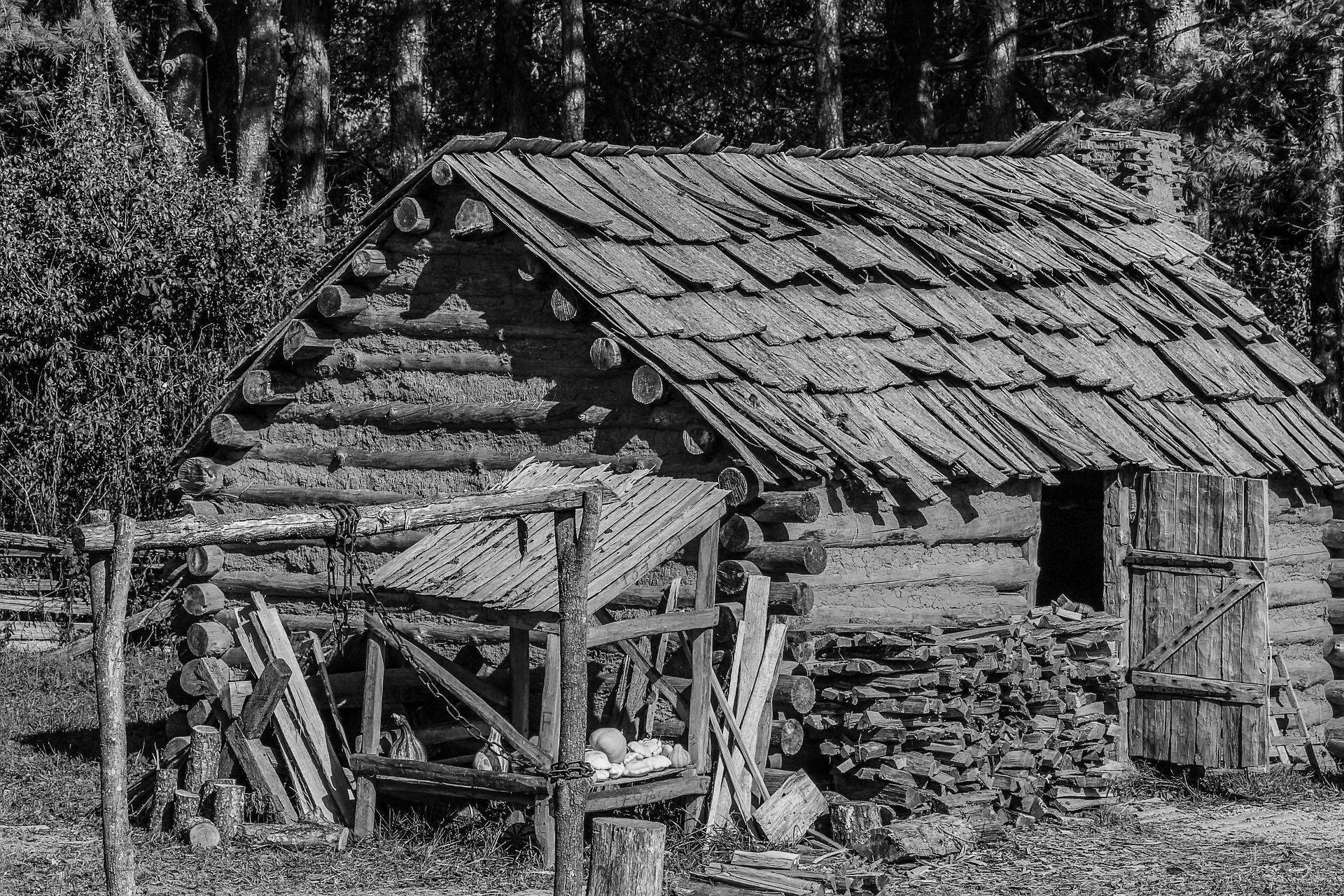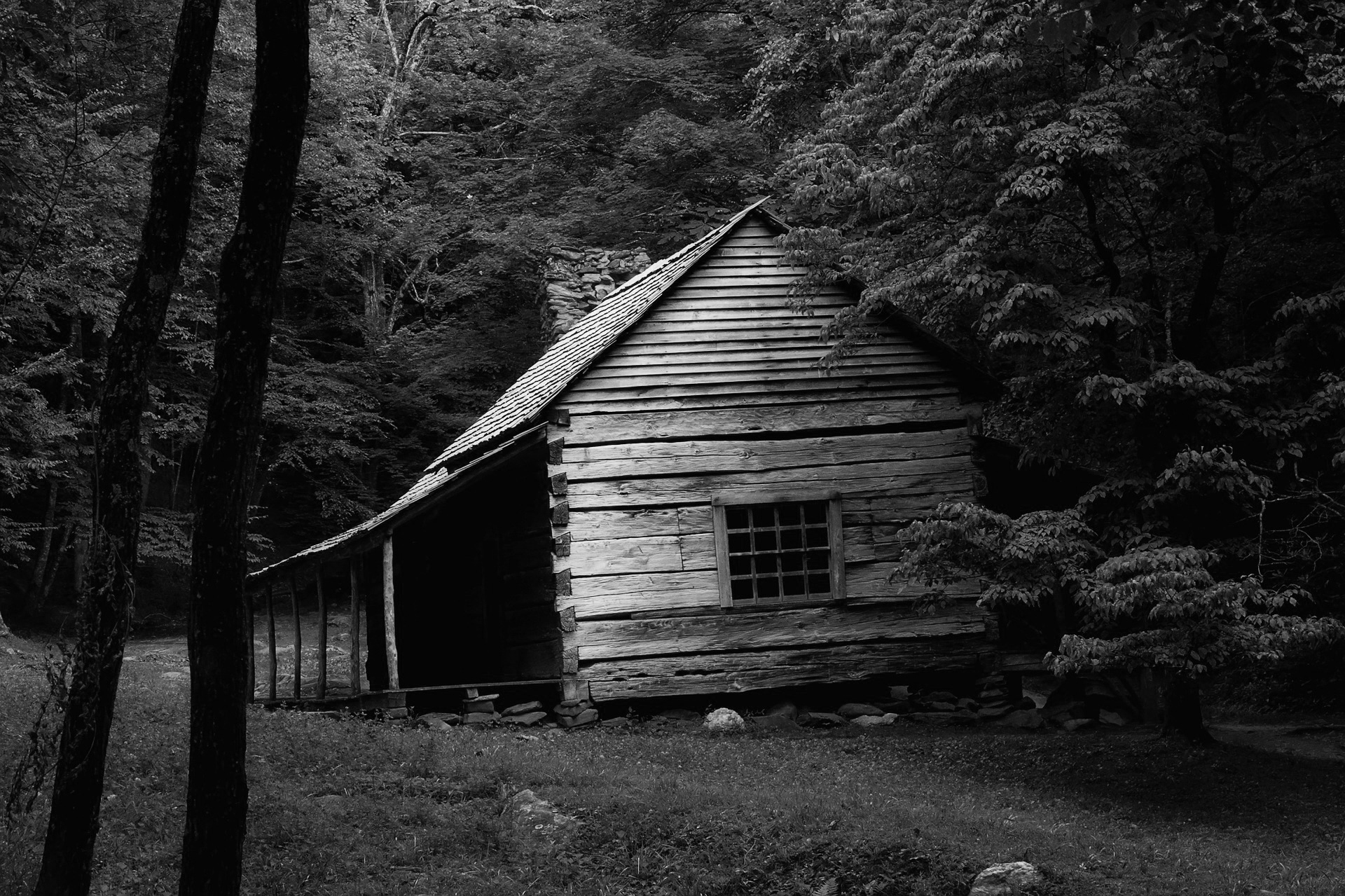THE TENNESSEE STATE HALL OF FAME


The first contact between the native American Indians and Europeans was in 1540, when the Spanish explorer Hernando de Soto passed through the southeastern corner of today’s state of Tennessee.

In the seventeenth century, both England and France had traders working in the area. The eighteenth century saw war between these two European powers, notably the French and Indian War in America. The action in Tennessee primarily involved the Cherokee Indians vs. the English settlers. When that war ended with the Peace of Paris of 1763, England emerged victorious throughout much of North America. The English tried to stop white settlement beyond the crest of the Appalachians in order to contain colonial expenses and minimize conflict with the Indians, but that restriction did not work. White hunters continued to press westward and settlers followed. Daniel Boone was among those hunters, and he and his wife lived near modern-day Bristol in the early 1770s.

During the Revolutionary War (1776-1783), North Carolina claimed the territory of Tennessee. The name “Tennessee” came from a Cherokee town called “Tanasi.” Jonesborough, the oldest, permanent settlement in Tennessee was founded in the midst of this war (1779), and a settlement that would become Nashville was accomplished in 1780, on a site called “French Lick.” In 1784, it was named Nashville. Clarksville was established in 1785, and Knoxville in 1791.
There is a curious chapter in Tennessee’s early history that deserves mention. In 1784, the residents of what is now the eastern tip of the state grew weary of the way they were being governed by North Carolina, and North Carolina had offered some of its western territory to the U.S. so the new country could pay its war debts. The residents of the area held an assembly and decided to secede from North Carolina and create their own state. The new state was to be called Franklin. They designated first Jonesboro and then Greenville as the capital and chose John Sevier as their governor. They drafted a constitution and applied for statehood but were unsuccessful. The “state” of Franklin struggled for existence with both the state of North Carolina and the Chickasaw and Cherokee Indians. In late 1788, the struggle with North Carolina escalated and resulted in John Sevier’s arrest and a shoot-out, which North Carolina won. Tennessee did enter the union in 1796, and John Sevier became the state’s first governor.
Tennessee became the sixteenth state of the U.S.A. in 1796. The first quarter century of statehood witnessed the establishment of formal higher education institutions and newspapers; the development of commerce, including banking; the growth of churches; and yet another war—the War of 1812. That war inspired the state’s nickname, “The Volunteer State,” when so many men volunteered to go to war against the British who were staging an invasion from the Gulf of Mexico through New Orleans. The British were defeated in the war. The final battle was the Battle of New Orleans, which made Tennessean Andrew Jackson a national hero.
In 1819, Memphis was founded. In 1820, the growing tensions between free and slave states saw the implementation of the Missouri Compromise, an attempt to manage that burning controversial issue.